|
This week Pete rented the mini excavator for another couple of days. We used it to dig a trench to extend the septic line from the RV pad to the site of the future cabin, about 40'. I tried operating the mini excavator and quickly found out it takes a bit of practice to accurately dig a narrow trench. After Pete dug the trench, we added a wye fitting where the elbow used to be under the RV pad. Then we laid the pipes and connected them together, making sure to maintain a 1 degree climb to the cabin. Then, we covered it with insulation to keep the contents from freezing in winter and buried it. Next we tackled the well water pipe adapter, called a pitless adapter, and buried a water line to the cabin from the well. Pete dug a trench next to the well casing reaching about 10' down, far enough to prevent it from freezing in Alaska. He then continued the trench to the cabin. There were a couple of spots where we found some ground water which formed a couple puddles, but by the next morning there was about 1' of water the entire length of the trench. After that, he climbed down into the trench and drilled a 1 3/4" hole through the well casing. Together, we installed the pitless adapter. I lowered half of the adapter down the inside of the well and Pete fished it through the hole he had drilled and installed a nut and gasket to seal it tight against the casing. The other half of the adapter attached to the top of the pipe coming from the pump and was lowered down to wedge into the first half. In doing this, we moved the submersible water pump 10' lower into the well, putting it 90' below ground. Lastly, we laid the water pipe from the new adapter to somewhere in the middle of where the new cabin will be. On top of the water line we put a layer of 2" rigid foam insulation, just to be safe, and then re-buried it all. It made me nervous to watch Pete straddle the 3' wide trench with the mini excavator. Now we have the septic pipe and water line ready to connect to the cabin when the time comes. With a couple of extra hours before the rental company came to pick up the mini excavator, Pete dug out a few more tree stumps and cleared some more space for the sawmill to have a permanent spot. We eventually plan to build a shelter over it and make concrete footers for the sawmill track to keep it straight and level. He also moved some logs he had cut and added them to the stack. We received our well water testing results back from the lab this week. Everything came back good except for the iron and arsenic levels. The iron was 1ppm over the recommended level, and the arsenic was 49ppm. The EPA currently says the safe level for arsenic is 10ppm or lower, although up until 2001 they said up to 50ppm was safe. Arsenic is a metal and, like other metals, shouldn't be ingested, but it can be filtered out. It is acceptable for washing hands, bathing, etc.. but until we get the right filtration system, we won't be drinking it or using it in food preparation. Mid-week, Pete milled up some 1" thick birch boards to be used for future concrete forms and also made 2 sawhorses out of some spruce 2x6's he cut. Pete really enjoys using his sawmill. On the sawhorses, I helped sand and plane the rougher edges. We will be able to use them to support heavy timbers while we work on them. For the rest of the week, Pete worked on preparing the cabin site. He hauled in over 4 tons of gravel with his pickup and shoveled it all by hand. He used the gravel to create 6 level pads for the piers of the cabin to sit on. When he was done they looked like 6 flat topped ant hills. Together, we marked out where the corners of the cabin will be and made sure everything was square. We used string lines tied to boards (called batter boards) to mark the edges of the building. We will use the lines to place the concrete forms and then the concrete blocks. We made small cuts in the boards to mark each line, this allowed us to take the lines down and get them out of the way while working, then quickly put them back up when needed. The cabin will be 16'X20' and will be a one bedroom, one bathroom cabin, complete with full kitchen, small living room, half loft, and front deck. This cabin will give us a warm and secure place to raise a family during our first Alaskan winter.
0 Comments
Leave a Reply. |
AuthorHello, I am Melissa, owner of Wild North Design. Recently, my husband and I decided to pick up and move to Alaska. This dream has been a couple years in the making and we are enjoying the journey so far. We love to learn and make all kinds of things. From wood craft, to painting, to vehicles, landscaping, building, exploring...we love it all! We are finding out that Alaska is a great fit for our restless minds and bodies! Excited for what the future holds for our expanding family! Archives
January 2024
CategoriesThis website uses marketing and tracking technologies. Opting out of this will opt you out of all cookies, except for those needed to run the website. Note that some products may not work as well without tracking cookies. Opt Out of Cookies |
|
Shop
Wedding Decor Toys All |

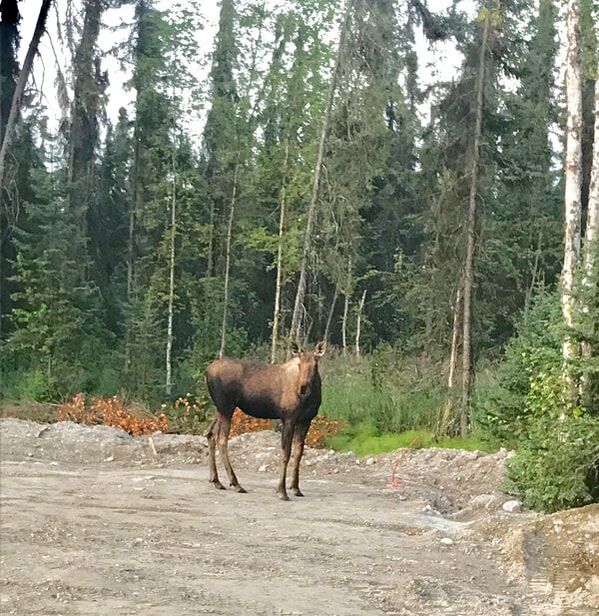
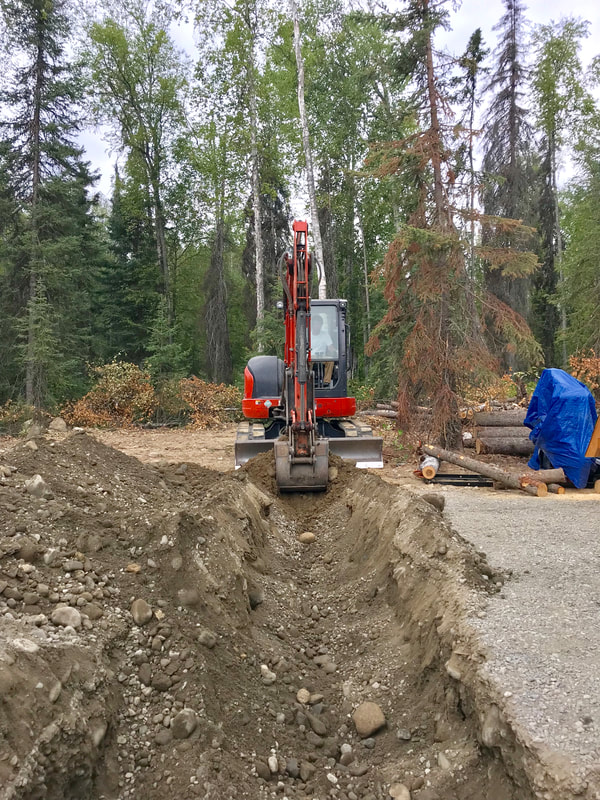
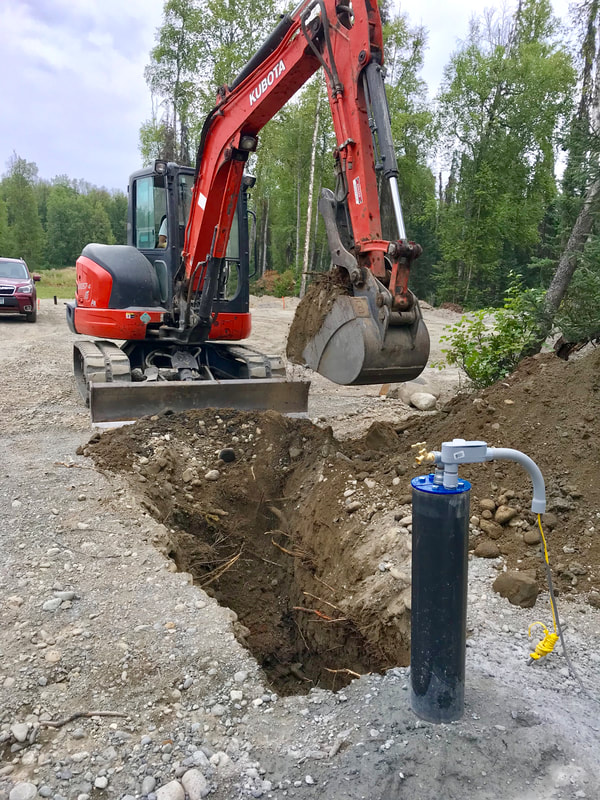
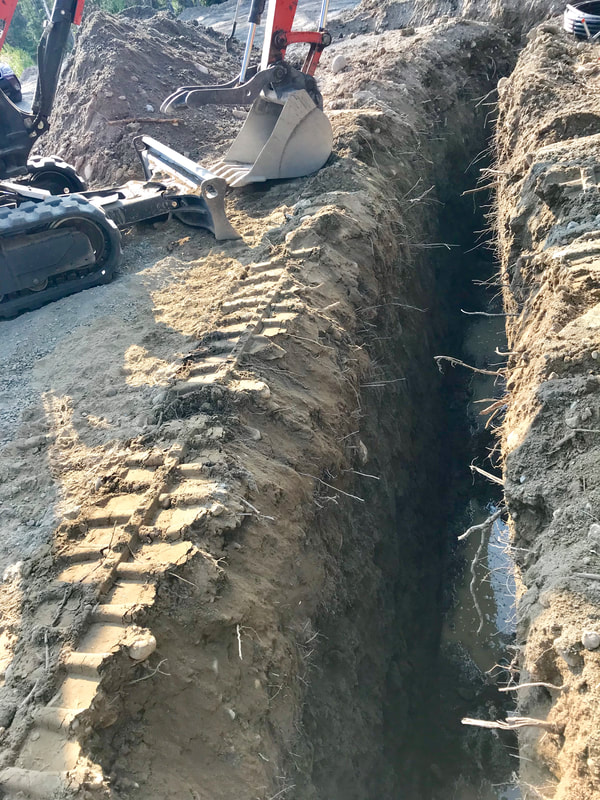


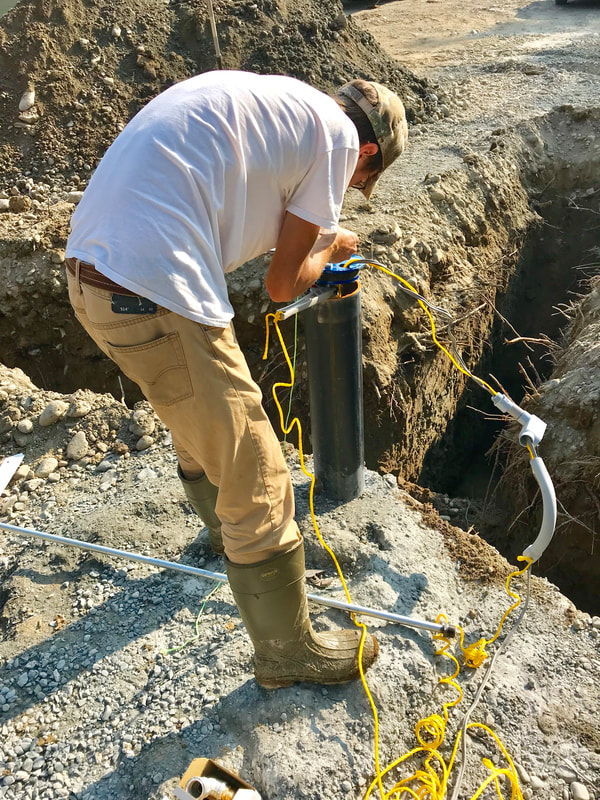
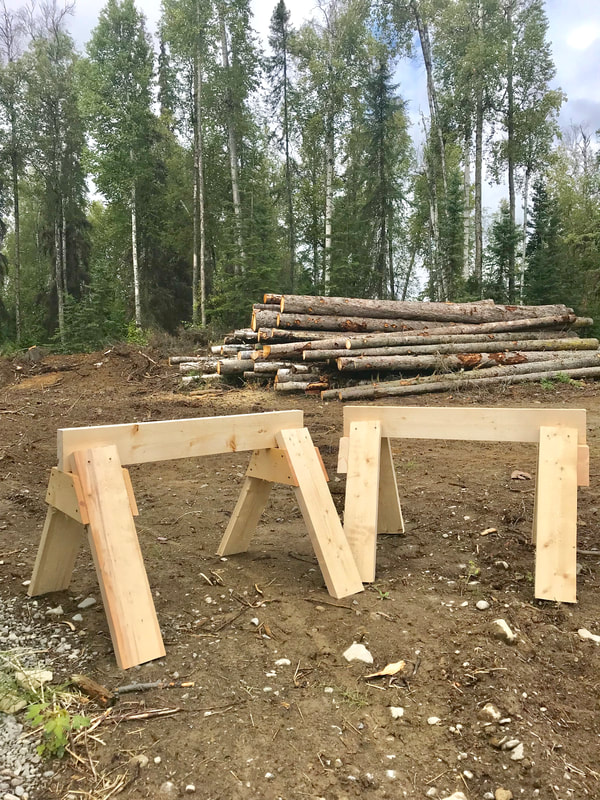
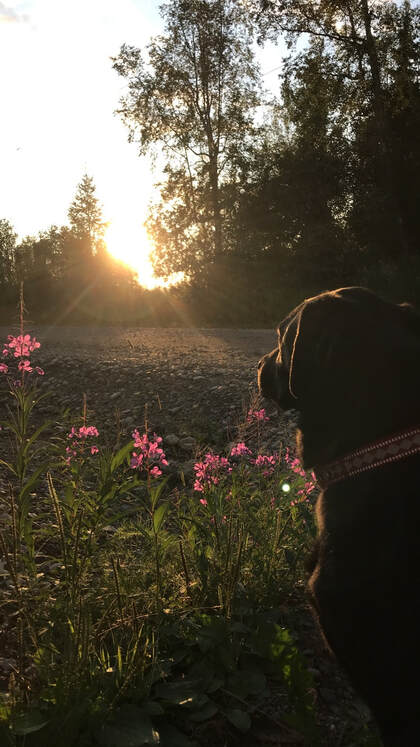

 RSS Feed
RSS Feed